Rethinking approaches to sustainability in The Shanghai Project's “Seeds of Time”, designed by COLLECTIVE studio
By Justine Testado|
Wednesday, Jun 7, 2017

Related
Following its 2016 launch of Chapter 1 with Sou Fujimoto's “Envision Pavilion”, the cross-disciplinary Shanghai Project is moving on to Chapter 2 with the “Seeds of Time”. Open at the Shanghai Himalayas Museum until July 30, Seeds of Time is an interactive exhibition designed by Hong Kong and Madrid-based COLLECTIVE studio and curated by Dr. Yongwoo Lee and Hans Ulrich Obrist.
Organized into the three “zones” of Field, Sequence, and Rooms, the exhibition will bring together the minds of artists and designers like Diller Scofidio + Renfro, Yoko Ono, and Olafur Eliasson and researchers such as the Bulletin of Atomic Scientists, who will propose solutions and approaches to the ever-pressing issues of environmental and social sustainability. For the exhibition design, COLLECTIVE studio created an immersive museum experience and sequencing of the artworks in such a way to offer new contextual narratives.
Get a glimpse of the exhibition below.
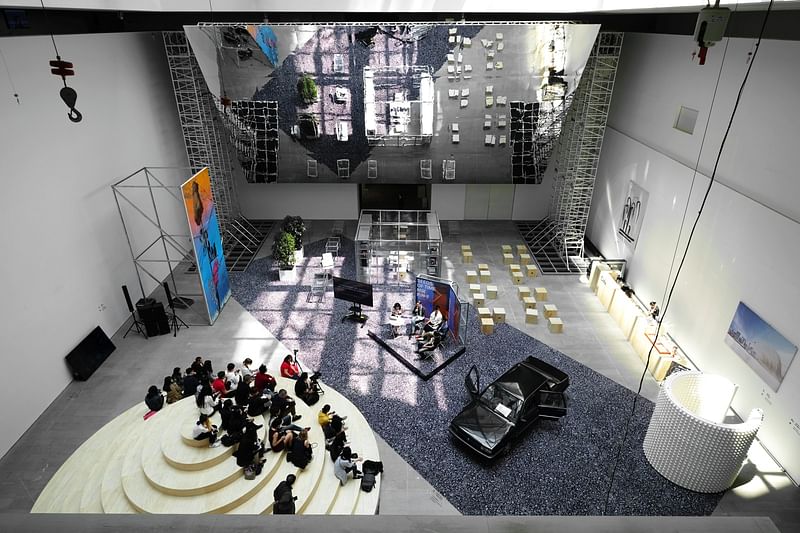
Project details from COLLECTIVE:
“A public forum, at the core of the space, is designed as a non-ticketed gathering place for all. The role of the museum is expanded from its traditional model of static displays towards an evolved interactive and open space for public discussions and workshops.”

FIELD: “Forming a public forum at the centre of the exhibition, a 16-meter tall atrium acts as a centralized connective component for the exhibition and hosts spaces that act as a gallery, archive, cafe, and workshop. A 360-degree seating area lets audiences engage with events in all directions.
An angled reflective surface mirror, 26 meters long by 11 meters tall, is anchored to the ceiling to frame and reflect the liveliness of the space. A diagonal black asphalt surface on the floor, 26 meters by 8 meters, transverses the room to physically tie together the different artworks.”

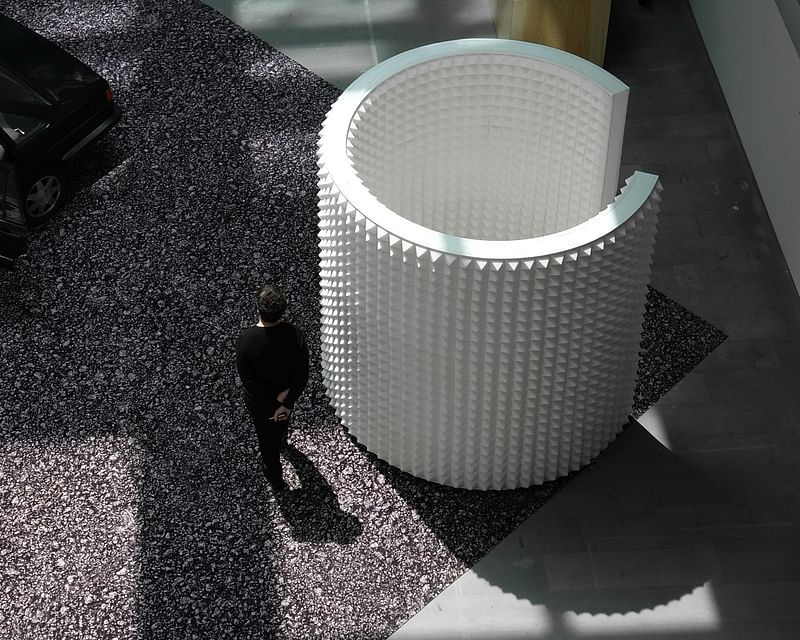
“For Yoko Ono’s ‘We’re All Water’, the studio designed the enclosure of the sound installation, aiming to provide a geometric presence as well as concentrate and intensify the audio experience without it spilling away into the open atrium.”

SEQUENCE: “Accessed via the core of the Forum, the Sequence forms a pathway on the periphery, linking together a succession of light and darkness for works relating to the topic of Extinction. For Olafur Eliasson and Frederik Ottesen's piece ‘Little Sun’, the studio designed the interface for the work, letting the audience encounter a luminous grid on the ground.”
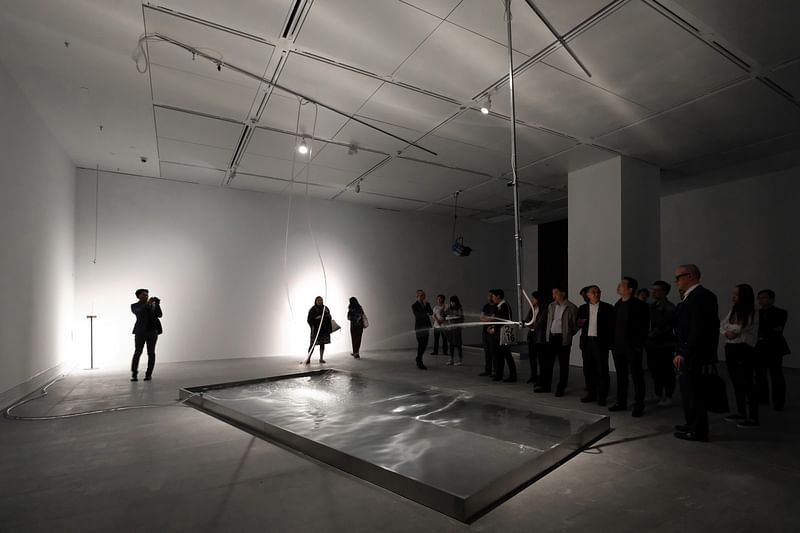
“For Gustav Metzger’s installation ‘Extremes Touch: Dancing Tubes, Mica Cube, Drop on Hotplate, Untitled’, the studio planned a spatial layout that generates interactions between the works, switching them on and off alternately as the flow of visitors comes through.”
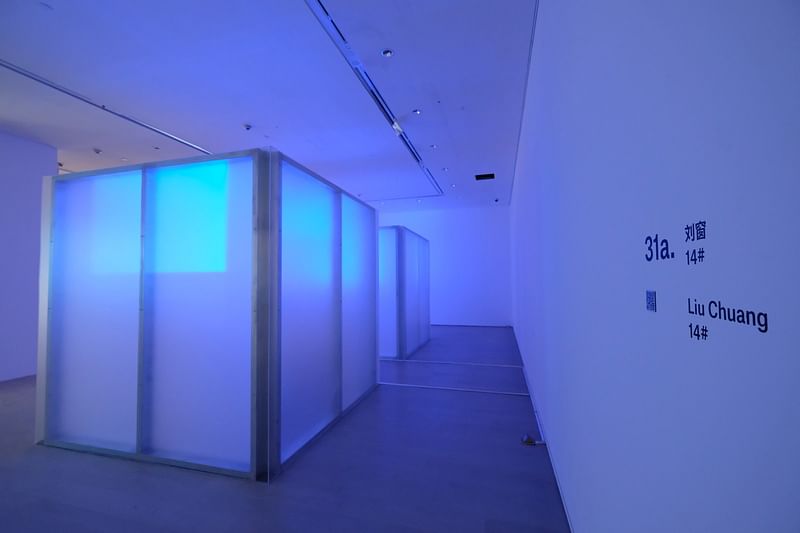
ROOMS: “Hosted on the upper level of the museum and offering views down to the Forum and the Sequence, COLLECTIVE worked closely with the curators in determining an order through various rooms that facilitates the juxtaposition and creation of new narratives between installations and workshops. For Liu Chuang's ‘#14’, the studio designed the immersive viewing enclosures for the ‘The Future of Artificial Intelligence’ video installations (curated by Dr. Yongwoo Lee) with a translucent material.”
Floor plans of COLLECTIVE's exhibition design can be found in the gallery below. You can learn more on the studio's website.
Photos courtesy of COLLECTIVE studio.

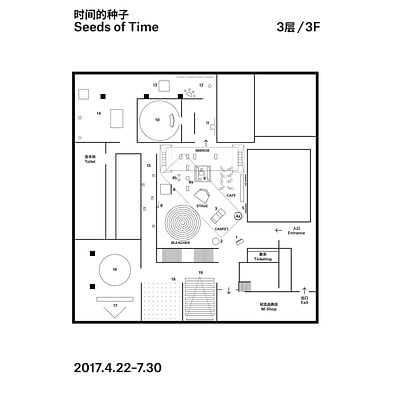
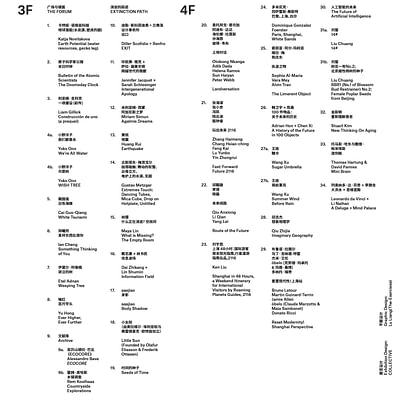

Share
0 Comments
Comment as :